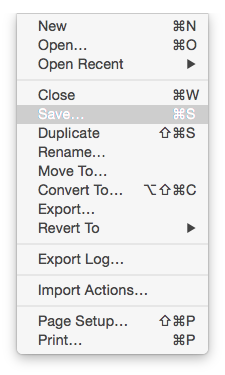In most instances, the problem either self-corrects, or can be resolved by an SMC reset and PRAM reset. Try these, as follows:
To reset the SMC on an Intel mini:
-From the Apple menu, choose Shut Down (or if the computer is not responding, hold the power button until it turns off).
-Unplug all cables from the computer, including the power cord and any display cables.
-Wait at least 15 seconds.
-Plug the power cord back in, making sure the power button is not being pressed at the time.
-Then reconnect your keyboard and mouse to the computer.
-Press the power button on the back to start up your computer.
Reset PRAM
-Shut down the computer.
-Locate the following keys on the keyboard: Command, Option, P, and R. You will need to hold these keys down simultaneously in the next step but one.
-Turn on the computer.
-Press and hold the Command-Option-P-R keys. You must press this key combination before the gray screen appears.
-Hold the keys down until the computer restarts and you hear the startup sound for the second time.
-Release the keys.
Startup Mac Classic II and Mac LC. Startup Apple IIgs. You will require an account to build your own soundboard or buy sound tracks. StartupSound.prefPane is the software which controls the volume of the startup sound of your Macintosh computer. StartupSound.prefPane mute the startup sound without changing the output volume. Perhaps it only works on older versions of Mac OS X, or with older Mac hardware. Bear in mind that you won’t hear the startup chime when resuming from sleep or standby mode. That’s another good reason to just put your Mac to sleep rather than completely shutting it down, although everyone needs to perform a full shutdown occasionally–if.
Mar 4, 2009 3:27 AM
What’s New
-Version 1.4 includes the sound Moof (the call of the long lost Mac mascot – Clarus the Dogcow).
-WAV files are included for use under other Unix-based OSes (including Linux and BSD) or Windows
(installation instructions for other OSes are not included)
-This read me now also includes a step-by-step which should allow you to convert other sounds on your own.
Step-by-Step File Conversion for MacOS Classic Sounds
(will work for most sounds, but not all)
1. Download SoundApp PPC from http://www.spies.com/~franke/SoundApp/
2. Open SoundApp in Classic mode and choose CONVERT from the menu
3. Convert the file to AIF
4. Quit SoundApp PPC
5. Rename the file to end .aiff
6. Install as instructed below
NOTE: moof.au is provided for you to practice with
MacOSX Installation
To install for a single user, place these sounds in the following folder:
/Users/[username]/Library/Sounds/
To install globally, place these sounds in the following folder:
/System/Library/Sounds/ [requires root permission]
or
Create the following folder:
/Library/Sounds/
Once they are in that folder, they will show up as System Sound choices in the Sound Control Panel

Included Sounds:
-bip*
-boing
-chutoy
-clink-klank
-droplet
-indigo
-laugh
-logjam
-monkey
-moof
-newbip**
-pong2003
-quack
-single clip
-sosumi
-temple
-uh oh
-voltage
-whit
-wild eep
Download Mac Os X Dmg
*Bip is not actually a sound file. It calls to hardware to make a noise using a simple sound command. So far, OSX refuses to use it as a System Sound, but it will work as an alert in other Apps (i.e. Mail).
Free Mac Os
**NewBip is a recording of Bip using wiretap. the original Bip is still included to be true to the original intention of the Classic Sound Pack (after all, it is possible that hardware beeps on different machines may sound different).
Mac Os Dmg File Download
Special Thanks
I would like to thank Karl Laurent and Ginger Lindsey for help in locating and converting some of these sounds.
